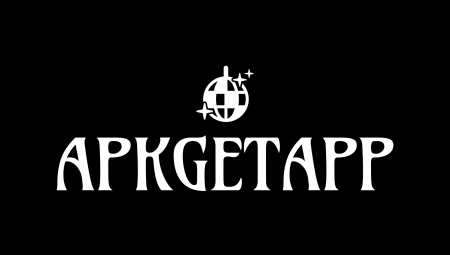Top Picks in Popular App Categories Which App is Right for You?
In today’s fast-paced, tech-driven world, mobile apps have become essential tools for personal productivity, entertainment, communication, and everything in between. With millions of apps available, choosing the right one for your specific needs can be overwhelming. From task management and fitness tracking to social networking and education, the choices are endless, and every category has a standout.
This article delves into several popular app categories, highlighting the top picks in each and helping you decide which app might be best suited for you.
Task Management Apps Trello vs. Asana vs. Todoist
Effective task management is vital for both personal productivity and team collaboration. Three of the most popular apps in this category are Trello, Asana, and Todoist. While each offers its own unique approach to task organization, their features cater to different needs.
- Trello: Known for its intuitive, card-based design, Trello utilizes the Kanban method to visualize tasks as cards that move across various boards. It’s especially well-suited for smaller teams or projects where simplicity and clarity are key. Users can create different boards, organize tasks within them, and drag-and-drop cards as they complete or move through stages. Trello’s strength lies in its simplicity and ease of use. However, it might lack the depth needed for more complex project management, especially when dealing with intricate workflows.Pros: User-friendly, visually appealing, great for small teams and individual projects.Cons: Limited advanced features for large-scale project management, task dependencies are harder to track.
- Asana: Asana stands out as a more comprehensive project management tool, ideal for larger teams or more complicated workflows. It offers features like task dependencies, timelines, and customizable workflows, allowing users to set up intricate processes. Asana’s interface, though clean, can be overwhelming to new users due to its many features. However, for teams needing advanced collaboration tools, it provides everything from task assignments to progress tracking.Pros: Great for complex, multi-step projects, supports larger teams, highly customizable.Cons: Steep learning curve, potentially overkill for simple tasks.
- Todoist: Todoist is perfect for personal productivity or those who need a lightweight app to manage individual tasks. It offers a clean interface with features like priority levels, due dates, and recurring tasks, making it easy to stay organized. It also integrates well with tools like Google Calendar and Slack, adding flexibility to personal task management.Pros: Lightweight, user-friendly, great for personal use and small tasks.Cons: Lacks collaboration features, not ideal for team-based project management.
Recommendation: If you’re working on a simple personal project, Todoist might be the best choice. For team-based projects, Trello offers a visual, user-friendly interface, while Asana is ideal for more complex, multi-step workflows.
Fitness Apps MyFitnessPal vs. Fitbit vs. Strava
Fitness tracking has become an integral part of maintaining a healthy lifestyle, and there’s no shortage of apps to help you achieve your goals. The leading apps in this category—MyFitnessPal, Fitbit, and Strava—each focus on different aspects of fitness, from calorie counting to activity tracking.
- MyFitnessPal: Known for its massive food database, MyFitnessPal is primarily a calorie and nutrition tracking app. It allows users to log their meals, track macronutrients, and sync with various fitness devices. MyFitnessPal’s community features also make it easier to stay motivated, offering forums, challenges, and progress sharing with friends.Pros: Comprehensive food database, syncs with fitness trackers, focuses on nutrition.Cons: Premium features can be expensive, less focused on exercise tracking.
- Fitbit: While originally designed to work with Fitbit devices, the app has evolved into a well-rounded fitness tracking tool. It tracks everything from steps and heart rate to sleep patterns and workouts. Fitbit also offers personalized insights based on your activity, helping users stay motivated and on track with their fitness goals.Pros: Excellent integration with Fitbit devices, detailed activity tracking, great for general fitness.Cons: Some features require Fitbit hardware, the app’s full potential is only unlocked with a premium subscription.
- Strava: Strava is the go-to app for runners and cyclists. It tracks detailed performance metrics, including pace, distance, elevation, and route mapping. Strava’s social features also stand out, allowing users to share their workouts, compare performance with friends, and even participate in local challenges.Pros: Ideal for running and cycling, social features motivate competition, great for tracking routes and performance.Cons: Not ideal for strength training or indoor workouts, some advanced features are behind a paywall.
Recommendation: For those focused on nutrition, MyFitnessPal is unbeatable. Fitbit offers the best overall fitness tracking experience, especially if you own a Fitbit device, while Strava is the top choice for outdoor enthusiasts like runners and cyclists.
Language Learning Apps Duolingo vs. Babbel vs. Memrise
Language learning has become more accessible thanks to mobile apps, and Duolingo, Babbel, and Memrise are three of the most popular platforms in this space.
- Duolingo: Duolingo’s gamified approach to language learning has made it one of the most downloaded apps in the world. It’s free to use, though a premium version exists. Duolingo offers bite-sized lessons in a variety of languages and uses a streak system to motivate daily practice. However, it might not provide the depth needed for more advanced learners.Pros: Fun, gamified learning, free version available, great for beginners.Cons: Less useful for advanced language skills, lessons can feel repetitive.
- Babbel: Babbel offers a more structured approach to language learning, with lessons focusing on practical conversation skills. It’s designed for users who want to achieve fluency and is available in 14 languages. The app’s lessons are short but packed with useful phrases and grammar explanations. However, it comes with a subscription fee.Pros: Focuses on conversational skills, more depth than Duolingo, well-structured courses.Cons: Requires a subscription, fewer language options than competitors.
- Memrise: Memrise combines language learning with cultural context, using videos of native speakers to teach practical phrases and vocabulary. It also uses spaced repetition to help users retain words and phrases more effectively. Memrise’s combination of video and interactive exercises makes it unique but may not appeal to users looking for a more traditional course structure.Pros: Videos of native speakers, engaging format, good for vocabulary building.Cons: Less structured for advanced grammar, some languages have fewer resources.
Recommendation: For casual learners or beginners, Duolingo is a fun and accessible starting point. If you’re serious about achieving fluency, Babbel offers more comprehensive lessons. Memrise is great for those who want to learn through real-world context and native speaker interactions.
Streaming Services Netflix vs. Hulu vs. Disney+
Streaming services have changed how we consume media, and while the big three—Netflix, Hulu, and Disney+—offer thousands of hours of content, each caters to slightly different audiences.
- Netflix: The undisputed leader in streaming, Netflix boasts a vast library of original content, movies, and TV shows across a range of genres. Its recommendation algorithm is also widely regarded as one of the best, making it easier to find new content. However, Netflix’s premium plans can be more expensive than other services.Pros: Huge content library, top-notch original shows and movies, great recommendation algorithm.Cons: Pricey, some content may vary by region.
- Hulu: Hulu’s biggest draw is its combination of current TV shows, older classics, and Hulu Originals. It’s ideal for those who want to watch episodes shortly after they air. Hulu also offers an affordable ad-supported plan, though ads can be intrusive.Pros: Great for current TV shows, affordable ad-supported plan, Hulu Originals.Cons: Ads with cheaper plan, content library smaller than Netflix.
- Disney+: Disney+ is the go-to platform for fans of Disney, Marvel, Star Wars, and Pixar content. While it doesn’t have the range of Netflix or Hulu, Disney+ excels in offering exclusive access to some of the world’s most popular franchises.Pros: Extensive library of family-friendly content, Marvel and Star Wars exclusives.Cons: Limited range of genres, mainly focuses on Disney-related content.
Recommendation: If you’re after a wide variety of content, Netflix remains the top choice. Hulu is great for current TV shows and those who prefer an affordable option. Disney+ is unbeatable for fans of Disney franchises or family-friendly entertainment.
Choosing the right app often depends on your specific needs and preferences. Whether you’re managing tasks, tracking fitness, learning a language, or streaming content, the options are endless, and each app offers its own set of unique benefits. Understanding the strengths and weaknesses of popular apps across these categories can help you make an informed decision and ultimately enhance your digital experience.



